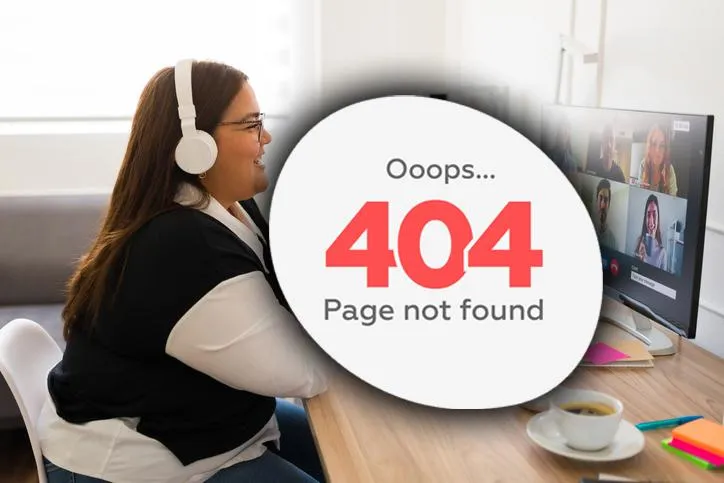
Zoom Went Down—And It Wasn’t Even a Hack. Here’s What Really Happened (and Why It Matters)
Zoom Went Down—And It Wasn’t Even a Hack. Here’s What Really Happened (and Why It Matters)
If you were in a Zoom meeting on Wednesday, April 16, you might’ve been cut off mid-sentence with a message saying something like:
“This site can’t be reached” or “Check if there’s a typo in zoom.us.”
Spoiler alert: There wasn’t a typo. Zoom’s entire website—and even its phone and support systems—went completely dark for almost two hours.
But here’s the wild part: It wasn’t because of a cyberattack. It was because someone made a mistake while managing Zoom’s website address. And if it can happen to Zoom, it can happen to your business too.
So What Happened?
Basically, there was a big mix-up between Zoom’s domain provider (Markmonitor) and GoDaddy, the company in charge of the .us web addresses. That mix-up led to GoDaddy accidentally pulling the plug on Zoom’s entire domain—zoom.us.
That’s kind of like someone forgetting to renew your phone number and suddenly nobody can reach you.
Even Zoom’s own help page and Zoom-based phone system stopped working because they all relied on the same domain. And that led to total communication chaos for businesses, schools, and organizations across the country.
Flush What Now?
When Zoom started to recover, users were told to do something that probably sounded like a spell from Harry Potter:
bashCopyEditsudo dscacheutil -flushcache; sudo killall -HUP mDNSResponder
Yeah... not exactly user-friendly.
What that really means is: you had to reset your computer’s “contact list” for websites. It’s called your DNS cache (we explain that more in our post: "What Is DNS and Why Should You Care?"). Normally this stuff happens behind the scenes, but when it breaks, it breaks everything.
So What Can You Learn From This?
The Zoom outage is a wake-up call. You don’t need to be hacked to go down—sometimes, it just takes one mistake from a company you rely on.
Here’s how to avoid your own Zoom-style disaster:
✅ Don’t put all your eggs in one basket – Relying on one domain, one phone provider, or one platform is risky. Always have a backup plan.
✅ Choose your domain provider wisely – Work with companies that offer strong support and security (and who don’t pull the plug without double-checking).
✅ Know your backup plan – If your main site goes down, how will your customers reach you? Your team? Your support staff?
✅ Talk to your IT person (or become one) – Learn the basics of DNS and how it impacts your business. Here's a great place to start: “Cybersecurity Basics for Small Business”.
✅ Expect human error – Not every tech problem is caused by a hacker. Sometimes, it’s just a mistake. But the impact is still very real.
Not a Cyberattack—But Still a Cybersecurity Issue
Even though this wasn’t a ransomware attack or phishing scam, it still counts as a cybersecurity issue. Why? Because it shows how fragile your online presence really is.
Most people think cybersecurity is only about blocking hackers. But smart cybersecurity is also about planning for the everyday stuff—like outages, miscommunications, or tech partners making big mistakes.
If you want to learn more about how to protect your business from the unexpected, check out my post:
➡️ “Cybersecurity on a Budget: Smart Protection for Small Businesses.”
Final Thoughts from The Security Guru
The next time you click a Zoom link and it actually works, say a little thank-you to the invisible tech working behind the scenes. And then ask yourself—if something like this happened to your business, how ready would you be?
If you’re not sure, let’s fix that. This is exactly the kind of thing I help companies prepare for—before it becomes a disaster.
